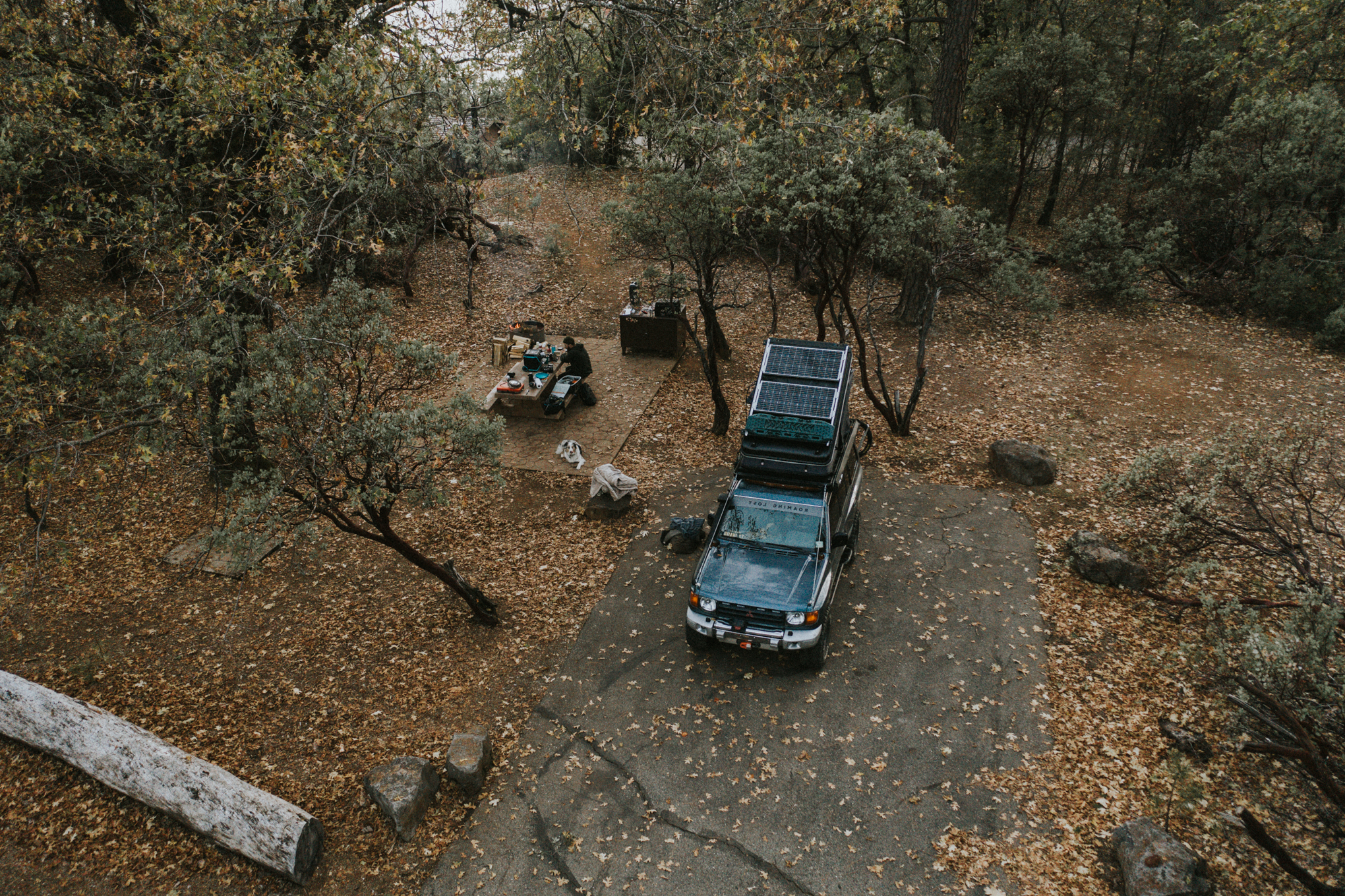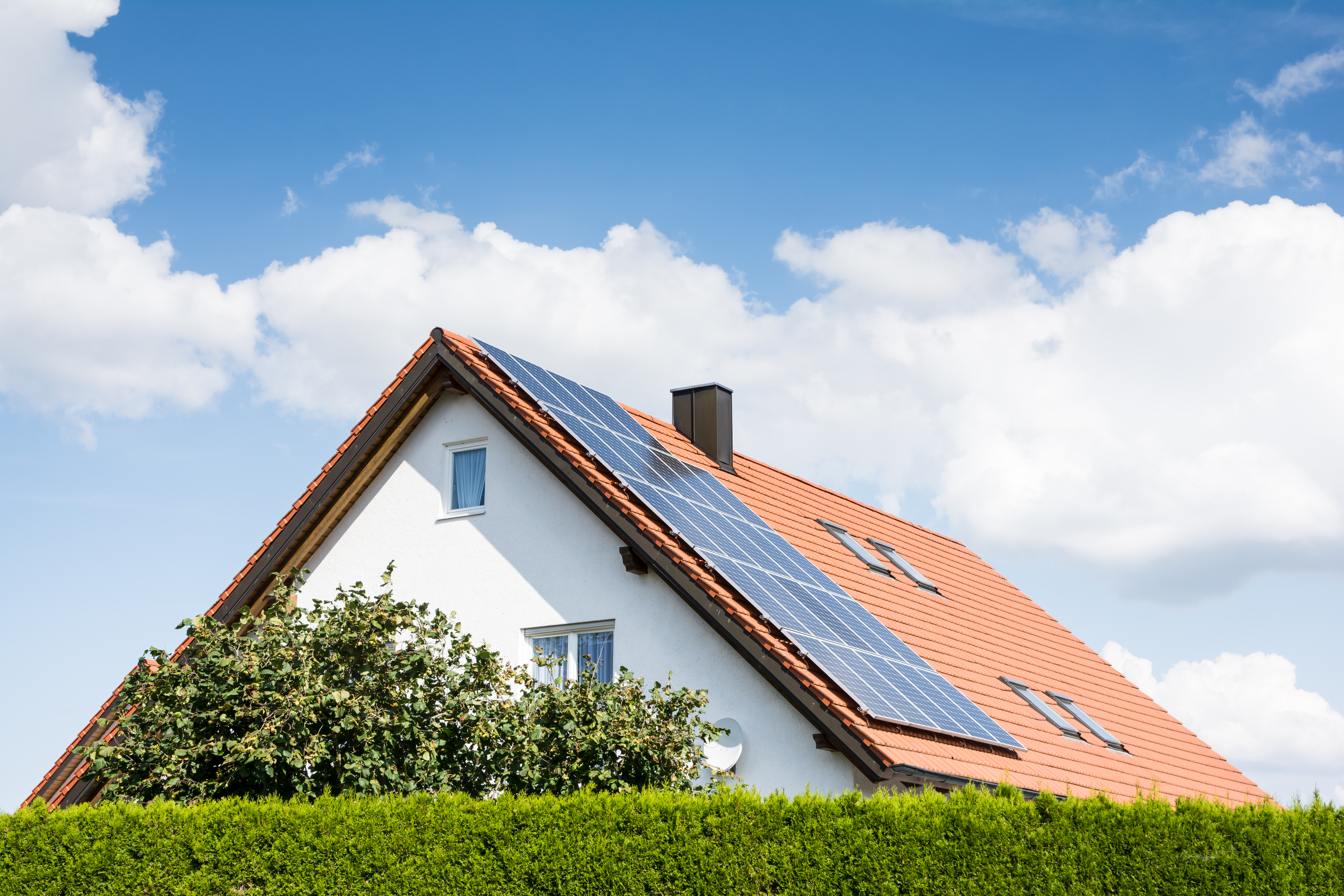Common Challenges to Going Solar
How to Set Yourself Up for Solar Success
Navigating the process of going solar, from technology to permitting
The process of going solar can involve a roller coaster of emotions.
From the initial excitement when you ask yourself, “Could I actually go solar?” to the progression of feeling overwhelmed by all the options, technology, installation, and costs, and the eventual elation when your solar installation to complete, going solar can be an intense process. But it doesn’t have to be. Let’s talk about some of the big challenges you may face when going solar and what you can do to make your life easier.
What does it mean to go solar?
One of the beautiful things about “going solar” is that no two systems are the exact same. However, whether you’re using a solar panel starter kit for your van or have an off-grid set up on your cabin, the benefits are the same:
Solar is cost-effective and has a low-payback period.
Solar is virtually maintenance-free.
Solar provides freedom to RV dwellers.
Using solar lowers your carbon footprint.
Solar is easy!

What to consider when going solar
- What is my lifestyle?
Do you live a mobile, nomadic lifestyle or are you living your dream life off-grid in the country? Perhaps you just want access to some back-up power? This will greatly affect what kind of solar panels you purchase and how large of a system you’ll need.
- Is my roof suitable for solar?
You’ll need to ensure your roof is structurally sound and suitable for solar panels. For homes, we highly recommend getting an inspection by a licensed contractor. As a general rule of thumb, if your roof is nearing the end of its life, we’d recommend getting it replaced before installing solar at home.
You’ll also want to consider the direction the roof faces as well as any shading that may limit any solar panel efficiency. While a south-facing roof produces the most overall electricity, having panels facing southwest or southeast can also be an option without too much loss of generation. Solar panels also perform best at an angle, so if you’re installing your panels on the roof of a flat surface, such as an RV roof, we’d recommend installing them at an angle.
- How large of a system do I need? Should I go off-grid or add energy storage?
To size your system, we recommend using the Renogy Solar Power Calculator. You’ll just need to know what total watts your electronics will consume, how long you plan on running the devices, your charge controller efficiency, and average sun hours per day. The solar panel calculator will then be able to tell you the minimum and recommended system size, as well as the recommended battery output.
Do you need to go off-grid? You don’t, but energy storage has a lot of benefits. Benefits of off-grid solar systems include access to power during a blackout, a lower carbon footprint, and the end of monthly utility bills. For those living in a tiny home, RV, cabin, boat, or isolated area or are in an area where they don’t have reliable, steady access to power from the grid, off-grid solar can be a great solution. Going off-grid is also great if you’re going the route of installing DIY solar because you don’t have to worry about connecting to the grid. With the decreasing price of batteries, more people are installing hybrid systems where they’re still connected to the grid. That means they can use that energy if they need it, but are often able to rely mostly on the energy generated from their own panels and stored in their batteries.
- What solar panels are best for me?
There are a range of different solar panels available, from folding to flexible, monocrystalline and polycrystalline, and portable and roof-mounted. To help you decide what solar panels are best for you, refer to our blog post on solar panels.
- Do I need to consider permitting?
If you’re installing panels on a cottage, cabin, or home, do your research to see what local building codes say and what permitting is required. Check with your state energy office, local officials, or a local renewable energy organization to see what requirements exist to make sure you adhere to specific rules, regulations and building codes. Every jurisdiction is different.
- How much money do I have to spend?
Solar installations vary greatly in cost depending on the specific technology and size. For example Renogy’s smallest 50 watt solar panel starter kit costs $119.99, its premium 600 watt kit costs $1,299.99, and a large, 4,500 watt DIY solar kit for a small cabin costs $6,400. Additionally if you want to add battery storage to your system, that will also greatly increase the cost. Batteries can vary in price from around $100 for the cheapest lead acid battery to more than $1,500 for a lithium iron battery.
What are common challenges?
- Building a properly sized system for all months of the year
As you might expect, your solar energy needs are trickier to meet in the winter when there are fewer sunlight hours. Properly sizing your system can be a challenge because you need to ensure your system can keep the lights on whether it’s July or December without overbuilding the system.
- Ensuring your roof is prepared for a solar installation
Again, we encourage you to consult with a licensed professional to inspect your roof and determine if it’s suitable for solar panels.
- Going the DIY route
Installing DIY solar is appealing to a lot of individuals, but it’s not always the right fit for everyone. Refer to our blog post about DIY solar to determine if going solar on your own is appropriate for you.
- Being eligible for rebates and incentives
Many of the residential solar rebates and incentives are only valid if your project has been installed by a professional. You can essentially lose out on thousands of dollars in savings by going the DIY route. This means that the money you may be saving by not paying for an installer would be spent on your system.

How to set yourself up for solar success
- Make sure your roof is suitable.
As a general rule of thumb, remember if your roof is nearing the end of its life, replace your roof before going solar at home.
- Do your research and comparison shop.
Educate yourself. Talk to those who have gone solar. Refer to the Renogy blog and learning center.
- Use a trusted installer.
Consult with your neighbors, friends, and other people in your life that have gone solar to find an installer that you have complete faith in. There can be a lot of moving parts in the solar process. Knowing your in good hands can go a long way.
- Be patient!
Always build in a little extra time for how long the solar process will take. So if you’re planning to hit the road in July in your solar-powered van, start planning well in advance to make that happen.
Going solar doesn’t have to give you a headache. In fact, with the right preparation and mindset, the process of going solar can actually be fun. And being able to enjoy the journey will make reaching that destination even sweeter.








